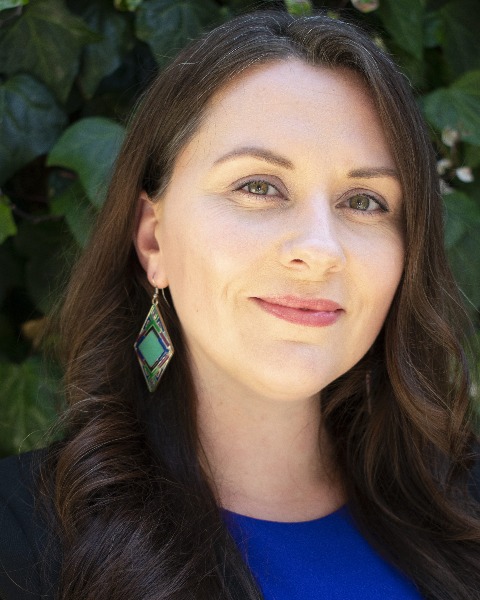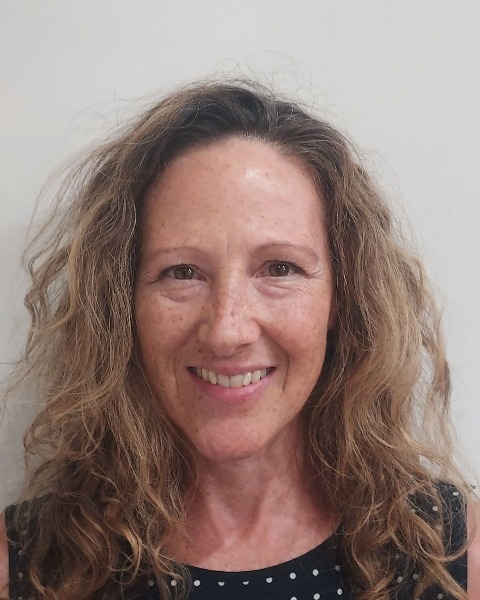College Access Programs
Using Multiple Modalities to Tell Evaluation Stories over Time and Space
-

Caitlin Dailey, MA (she/her/hers)
Senior Research Lead
FHI 360, United States -
ST
Sanskriti Thapa, MSW
Technical Officer
FHI 360, United States -

Amy L Detgen, MPA (she/her/hers)
Senior Research Lead
FHI 360
Washington, District of Columbia, United States
Presenter(s)
Location: Room 105
Abstract Information: This panel session will highlight the various methods and approaches our team harnessed to tell the story of Bridge to Employment (BTE), a 30-year initiative designed to inspire young people (ages 14-18) from underserved communities to stay in school, excel academically, and elevate their career aspirations. Funded by Johnson & Johnson and managed by FHI 360, the program has expanded over the years to reach more than 100 sites across the globe. The manner in which the FHI 360 research team has explored and shared program progress has evolved along with BTE. This discussion will focus on three approaches: a data dashboard, site “success stories”, and an oral history. BTE’s data dashboard is a quantitative tool that empowers sites and J&J staff to access their own data and aggregate it to yield a richer understanding of what the BTE program looks like—per site and globally. We’ll explain how quantitative reporting grew from a brief annual powerpoint to an interactive, accessible tool in order to keep up with the rising demand to update and involve stakeholders in their results. Next, we’ll introduce an oral history, conducted for Bridge to Employment’s 30th anniversary. For this momentous occasion, the research team conducted 30 interviews—with BTE founders, J&J staff, BTE site coordinators, partners, and alumni—representing a dozen sites across the world. Piecing these interviews along the initiative’s 30-year timeline, we captured 30 years of building partnerships, transforming communities, and empowering youth. The oral history technique allowed participants to (literally) tell stories in their own words about their BTE experience. As evaluators, we asked a few guiding questions but primarily encouraged participants to share stories and examples. After the data collection phase, we identified six general themes and organized participant quotes under each theme. Rather than analyzing and paraphrasing their sentiments, we kept quotes intact—presenting them to the reader to illustrate the themes. Finally, we’ll share our format for “Success Stories”—site-specific briefs of graduating BTE sites that pair site’s final quantitative results with qualitative input from site partners. These stories serve to illustrate individual implementations of the project—providing J&J and stakeholders summaries and examples of BTE on the ground in various contexts. These stories also document each site’s successes and focal points for the program. These documents are 2-3 pages and are quick snapshots of site-specific outcomes.
Relevance Statement: In this session, we will share how as evaluators, our team felt it was essential to incorporate multiple approaches to reflect the depth and breadth of the Bridge to Employment story. Each of the three approaches we highlight in this session serve to illuminate a distinct facet of BTE, while together, the approaches give depth and detail to the overall picture. Because of the longitudinal nature of the 30-year program, BTE has expanded and changed over time. A single evaluation or communication approach would be insufficient to capture BTE’s growth. In the early years of the program, data collection was mostly anecdotal. As the program progressed, we began documenting outcomes for each site’s participants and then began aggregating data for a cross-site evaluation. Our evaluation approaches grew with rigor as the program developed complexity. Therefore, by looking at both quantitative and qualitative data, and through a close-up lens and a bird’s eye lens, we offer stakeholders and audiences a better and more comprehensive understanding of the initiative. In addition, in recent years, we recognized the importance of empowering sites and stakeholders to tell their own data stories and designed a data dashboard to facilitate their access to data and enable them to utilize it for their needs. The presentation reflects the AEA competencies of Acknowledging Context and Interpersonal Aspects. The implementation of the BTE program differs slightly in each of the 100 sites due to the variations in cultural norms, environment and priorities. Our methods need to be sufficiently nimble to capture the context of implementation and document the story in each site while providing overall program findings as well. Working with sites, we likewise are careful to listen to perspectives from a range of stakeholders in order to communicate each site’s story accurately. The presentation will also be relevant to the AEA guiding principles of Systematic Inquiry and Respect for People. Over the years, our evaluation team has discussed our methods and their limitations with the client, site evaluators, program implementers and young people. We have had a particular focus on contextual and cultural relevance—and have tailored surveys and focus group questions for each site to ensure participant understanding and increase data accuracy. At the same time, our team recognizes the influence of culture in BTE site implementation, and we strive to uplift the stories from young people and program partners in our sharing of the BTE story. The discussion will provide attendees with an example of a longitudinal evaluation and the various ways a program story can be told over time. Additionally, we will explain how we blend these approaches to tell the BTE story—providing examples of different audiences and communication strategies used to share our findings.
Presentations:
-
10:15 AM - 11:15 AM ETSharing Bridge to Employment's Success Stories
Presenter: Amy L Detgen, MPA (she/her/hers) – FHI 360
-
10:15 AM - 11:15 AM ETTelling the Story of Bridge to Employment: A Data Dashboard
Presenter: Sanskriti Thapa, MSW – FHI 360
-
10:15 AM - 11:15 AM ETThirty Years of Bridge to Employment: An Oral History
Presenter: Caitlin Rose Dailey, MA (she/her/hers) – FHI 360
